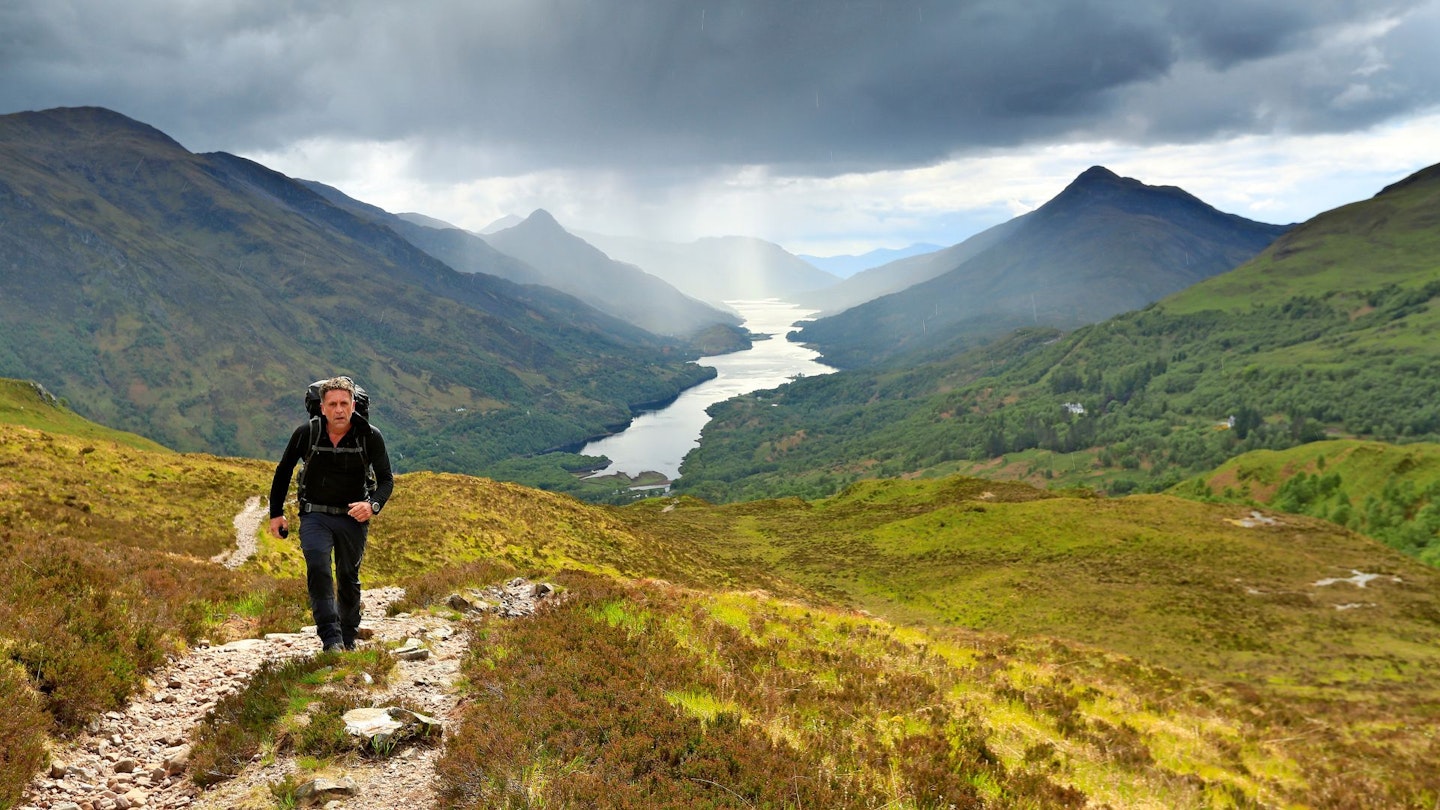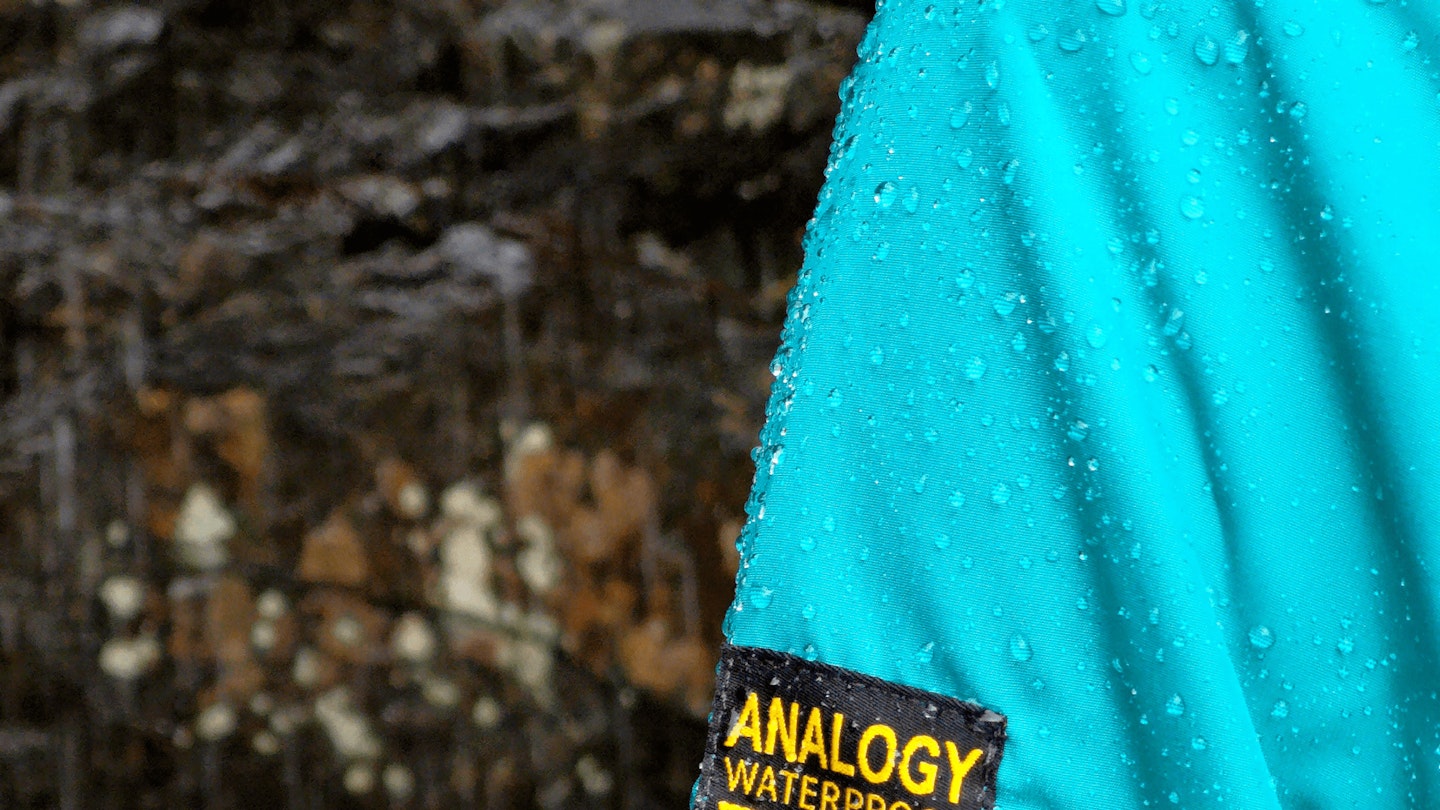Working in the outdoor media industry, I get so immersed in its technical terms. And I sometimes forget that not everyone is. 'PFC' and 'PFAS' are a case in point. More than one sporty/outdoorsy person told me recently they didn’t know what they are.
I was incredibly surprised by that, but it was a handy reality check. For a long time PFCs and PFAS have been used in water repellent outdoor gear. But you may have encountered ripples of bad PFC/PFAS press. Why? It’s high time we examined these chemicals more closely and explain why.
Humans have become incredibly skilful in producing synthetic chemicals. Hundreds of thousands of them are registered worldwide, and we keep creating more. It’s a multitrillion dollar industry that continues to grow, and so ubiquitous is our use of chemicals, we use them for pretty much everything, including agriculture, healthcare, and clothing.
Included in this vast collection of industrial chemicals are PFCs and PFAS.
What are PFCs and PFAS?

PFC stands for per- or polyfluorinated chemicals. The term ‘fluorocarbons’ is also used. PFAS are per- and polyfluoroalkyl chemicals. In short, they are all synthetic fluorinated chemical compounds.
Several decades ago, it was discovered that some of these fluorinated chemicals are very stable and very effective and resisting heat, oil, stains, and water. Naturally then, they have since been produced and used in wide array of consumer products ranging from cookware to water repellent clothing.
Weatherproof outdoor clothing have a Durable Water Repellent (DWR) coating and/or waterproof membrane to stave off water. The water repellent agent in these coatings and membranes have traditionally been (and often continue to be) PFC/PFAS-based.
Should we avoid PFCs and PFAS?
The challenge with PFCs and PFAS is that they were adopted with such vigour and enthusiasm since the discovery of their practical applications and have remained largely unregulated since.
If you produce a stable, hardy, and hydrophobic chemical, what do you suppose it might do if it ends up in the environment? Perhaps predictably, stable, hardy, and hydrophobic PFCs take a very long time to break down in the natural environment and have thus been dubbed 'forever chemicals'.
Given our love affair with synthetic chemicals, we have produced an impressive quantity of PFCs/PFAS and they have been leaching into the environment by various means. The persistence of forever chemicals combined with the scale at which they’re produced has meant that in a few short decades, forever chemicals have been detected in the environment and animals all over the world, even in Antarctica and in the human body.

Photos of great wild places might look untouched at the macro level, but in every one of them, there is PFC/PFAS pollution.
Is this pollution a problem? The first thing to know is that there are different types of fluorinated chemicals. Long chain PFCs have more carbon atoms in them and are incredibly persistent in the environment. PFOS (perfluorooctane sulfonate) is one of these and has been banned in the EU since the early 2000s.
The outdoor industry used to use long chain PFCs for DWRs, but switched to short chain PFCs containing fewer carbon atoms following the EU ban. It's since been found that short chain PFCs and PFAS are no less damaging.
There has been ongoing research into the effects of PFCs/PFAS on human, wildlife, and environmental health. One of the most well-known of these is the extensive research carried out by Greenpeace almost a decade ago called Footprints in the Snow. It found forever chemicals in samples taken all over the world, and concluded that short chain PFCs/PFAS should not substitute long chain PFCs. Both need to be stop being used.
Other scientific studies continue to look at whether PFCs/PFAS directly affect human health. There is a growing collection of studies linking PFCs to human health problems such as reduced immunity responses, ADHD, fertility, and cancer. One of the most recent and compelling investigations into the effects of PFAS is the 2024 documentary 'Revealed: How to Poison a Planet'.
Today, PFCs/PFAS continue to be used for DWRs, although a growing number of outdoor gear brands are self-regulating and choosing to reduce – or better still eliminate – their use of these chemicals.
What does PFC/PFAS-free mean?

Alongside a growing number of outdoor gear brands choosing to go PFC-free, the brand synonymous with water repellent fabrics – Gore-Tex – is too.
Going PFC-free sounds absolute but it's not always. For example, Páramo uses a Nikwax DWR that is completely free of fluorine. Meanwhile the new Gore-Tex ePE membrane is free of 'PFCs of Environmental Concern (PFC EC)', which Gore identified with the help of Greenpeace.
Other forms of being PFC-free include a polyurethane (PU) or silicone coating, or sometimes a wax, which is usually used for leather hiking boots.
Does PFC-free mean worse performance?
No. PFC/PFAS-free alternatives that have been developed are also very effective at repelling water. Some sustainable, innovative solutions even outperform PFCs/PFAS.
And when it comes to washing and reproofing outdoor gear, there are some excellent PFC/PFAS-free products available for footwear, apparel, and gear from brands like Grangers and Nikwax.
About the author

Chris Williams is the Senior Writer on LFTO and our sustainability expert. He's constantly on the lookout for and testing sustainable innovations for outdoor gear.
